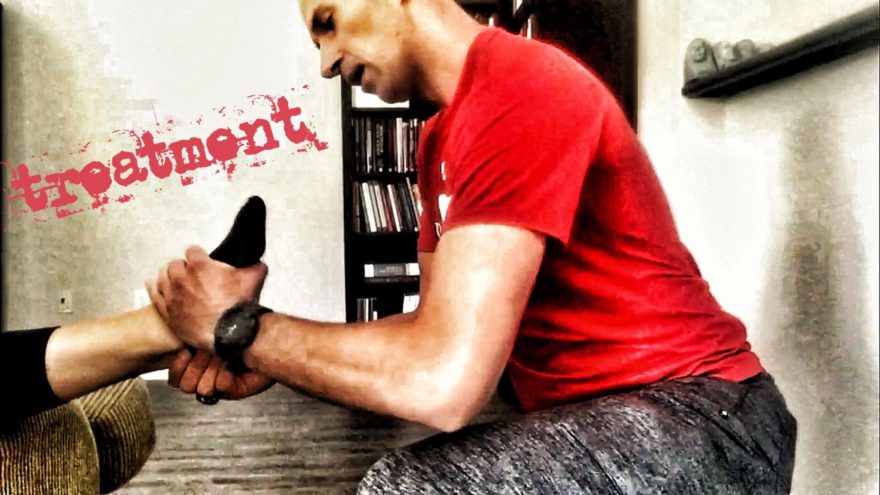Tag: basketball
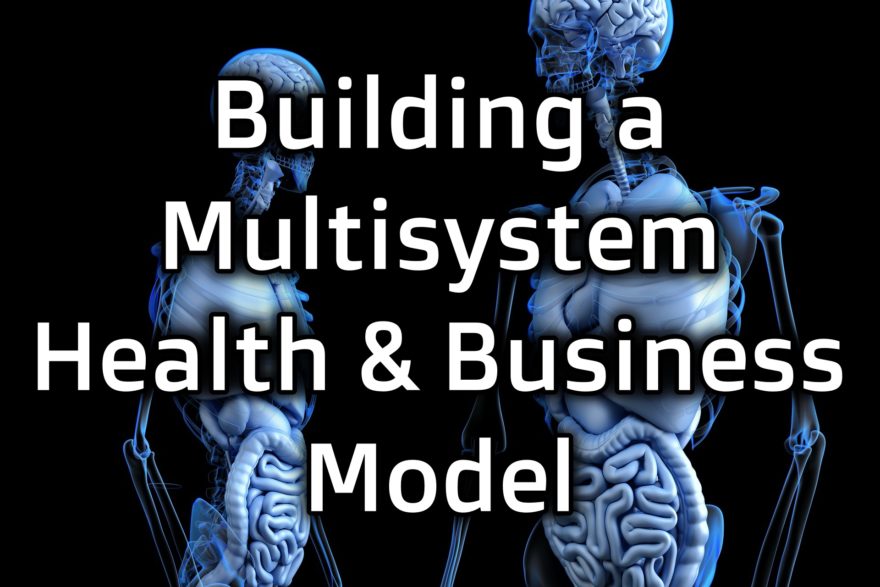
Building a Multisystem Health and Business Model
Maximizing performance, health, and wellness involves a multisystem approach. You can’t just exercise. You also have to sleep, de-stress, eat…
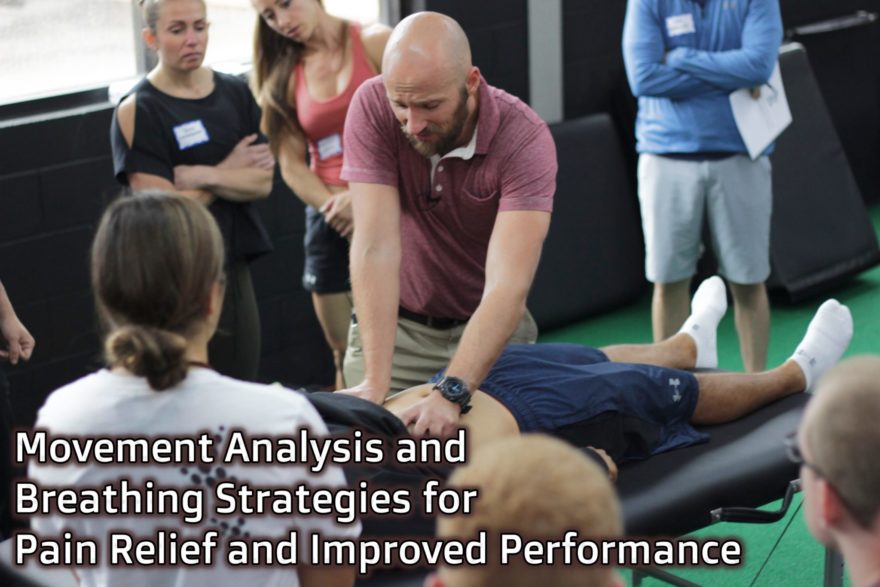
Movement Analysis and Breathing Strategies for Pain Relief and Improved Performance
Chris, a high level mountain biker, at first didn’t believe someone could help him move better over the internet. He…
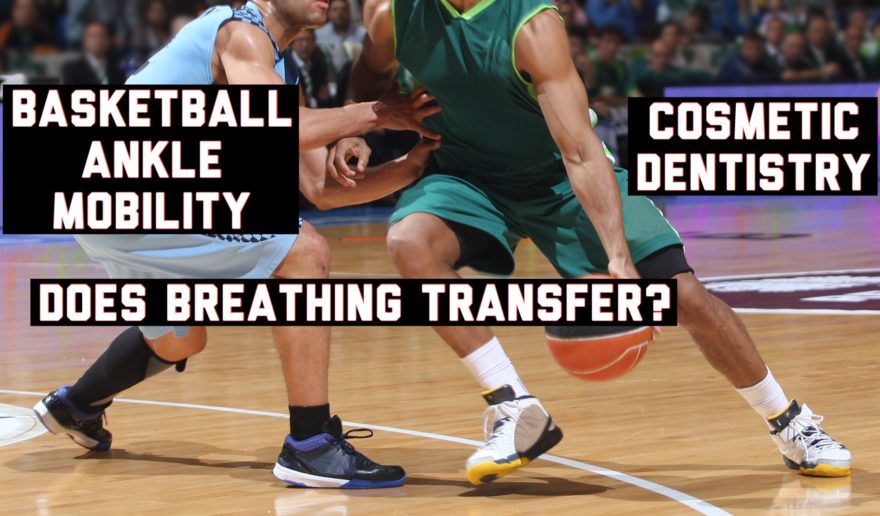
Basketball Ankle Mobility, Cosmetic Dentistry, and Does Breathing Transfer? – Movement Debrief Episode 73
Movement Debrief Episode 73 is in the books. Below is a copy of the video for your viewing pleasure, and…
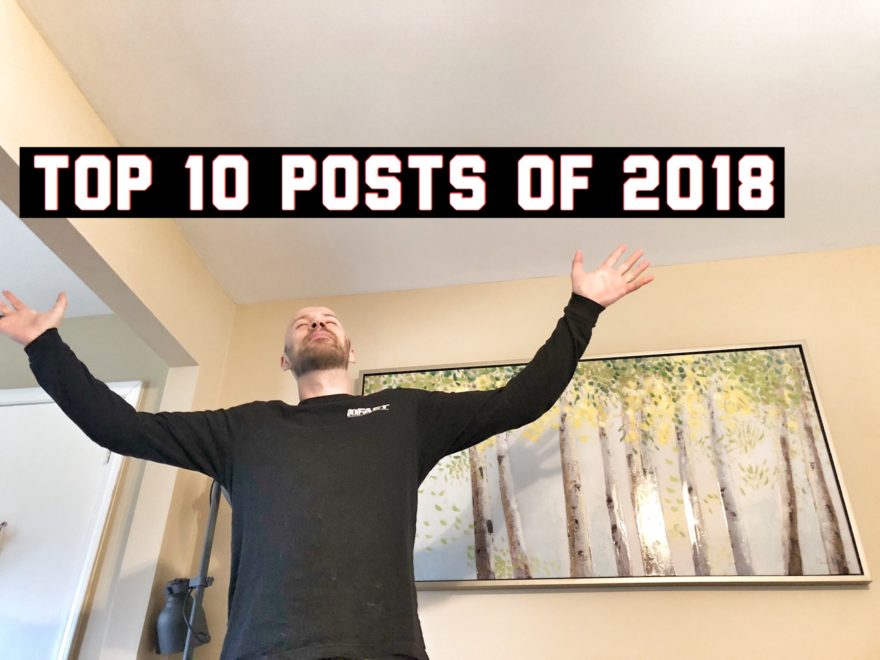
Top 10 Posts of 2018
At the end of each year, I like to see what you beautiful…sexy…outstanding people liked. What the fam….recognized (fam). This…
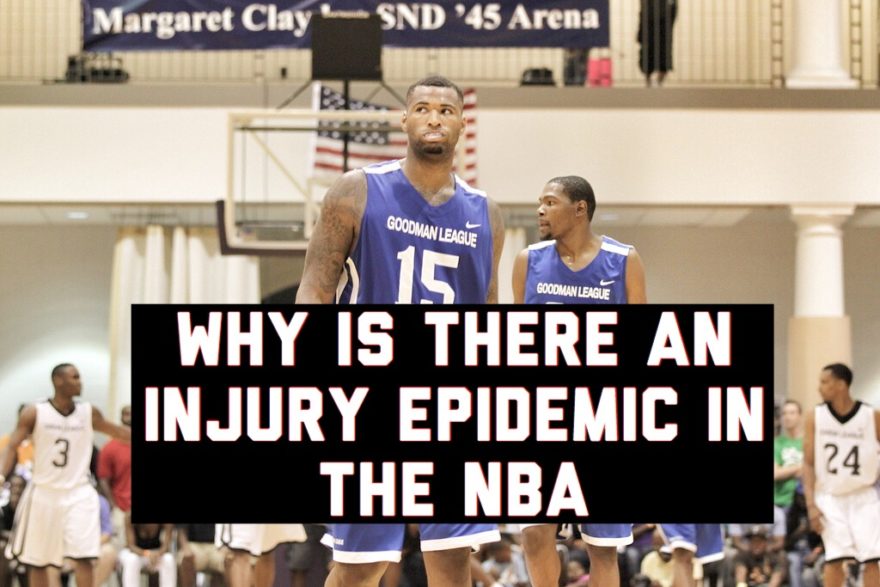
Why is There an Injury Epidemic in the NBA
Even though I am no longer in the league, I still follow what’s going on in the NBA to a…
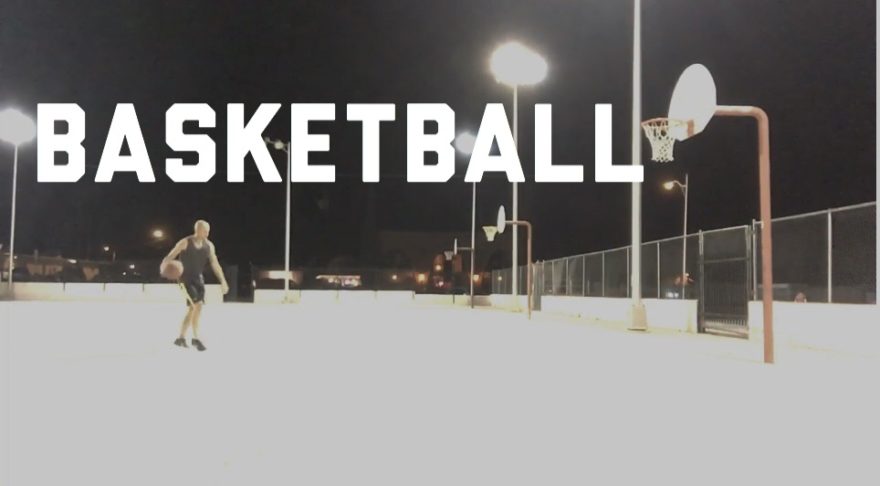
Practical Basketball Conditioning
Hey party people. Just when you thought I was done guest posting, I got another spot on my guy Mike…
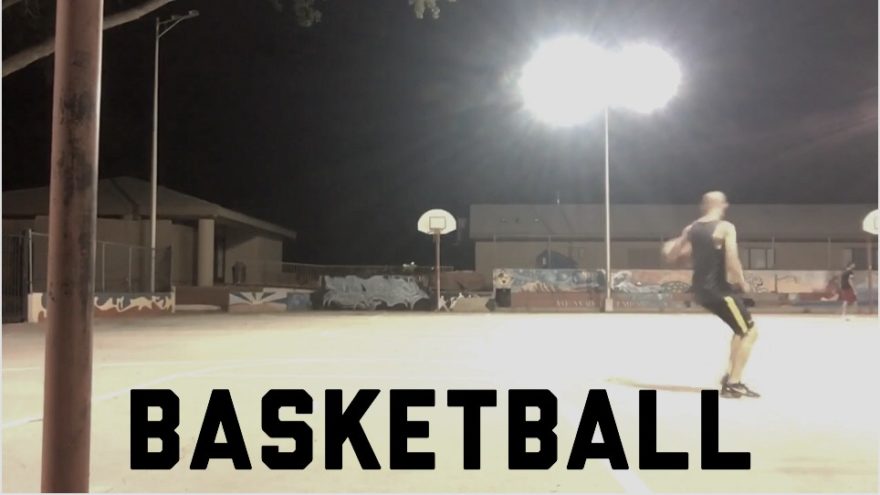
The 3 Biggest Basketball Conditioning Mistakes
Hey party people. In case you missed it, I did a guest spot on my guy Mike Robertson’s website. Mike…
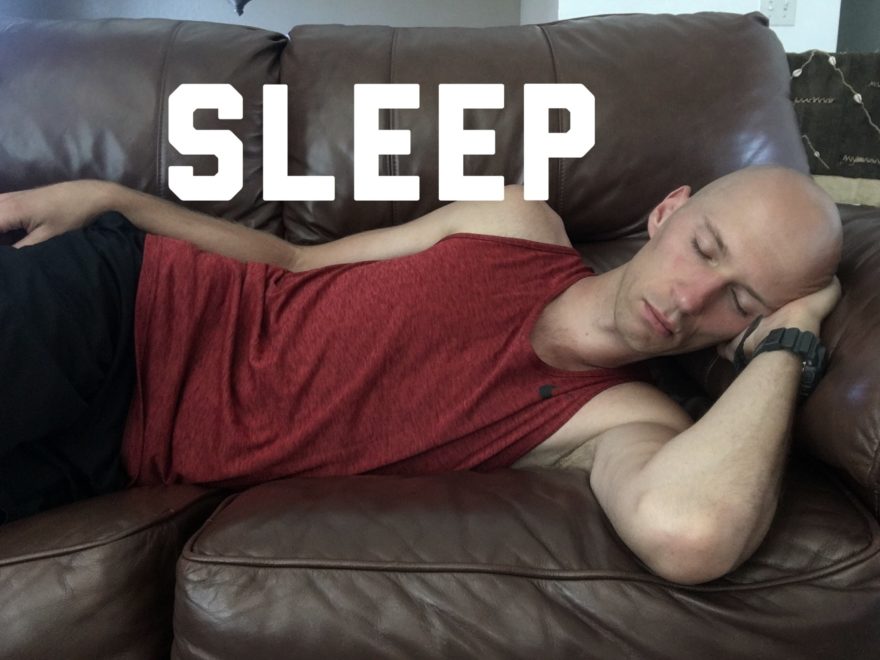
How Sleep Saved the D-League – Resilient Podcast
Sleep is a big deal. Not only has a lack of sleep been linked to many big bad diseases, it…
Start at the End: A Case for Special Physical Preparedness
“I need to get my wind back.” Every time I heard this I cringed. I did all the right stuff…

